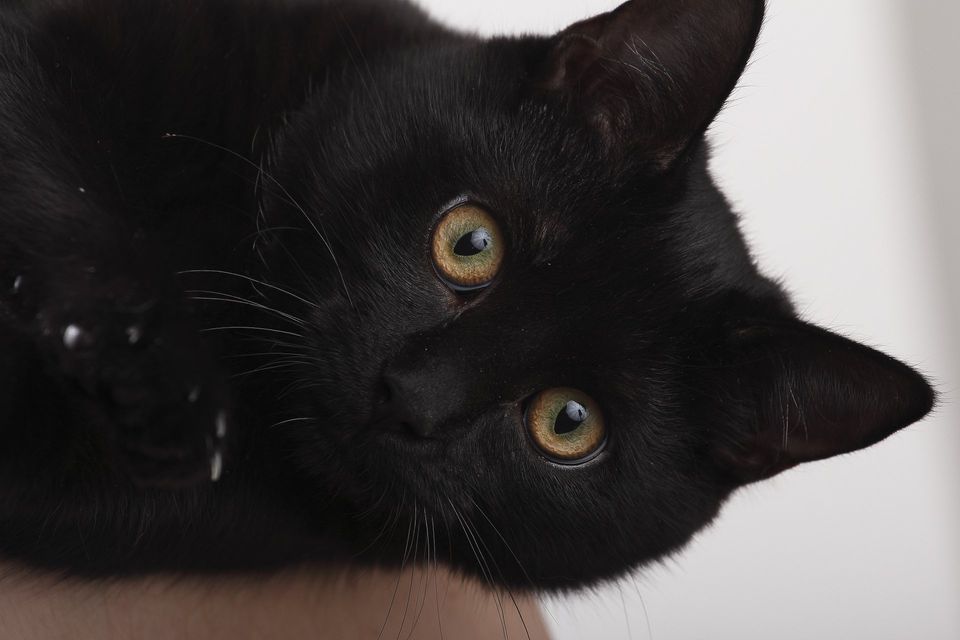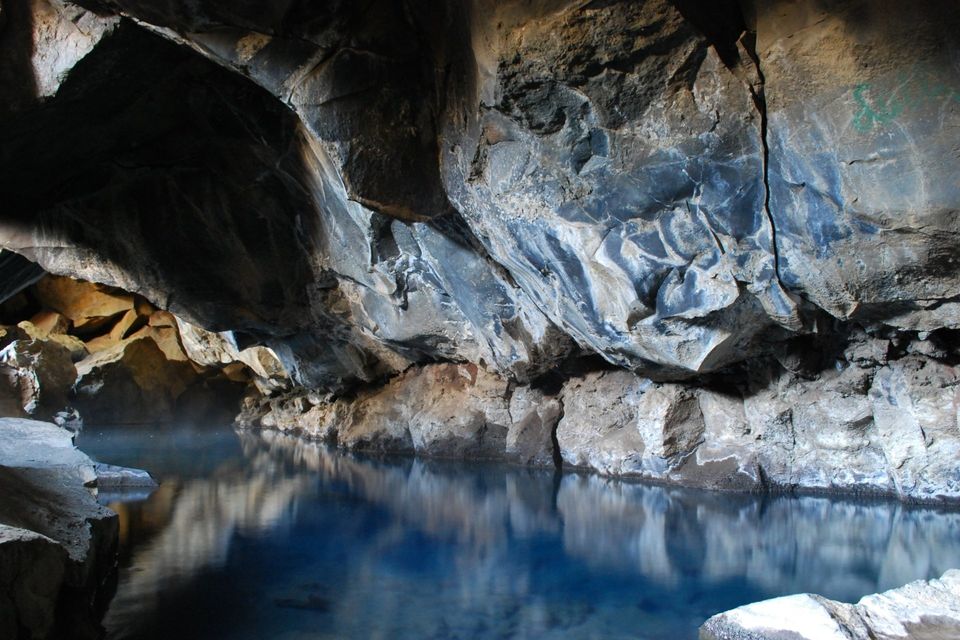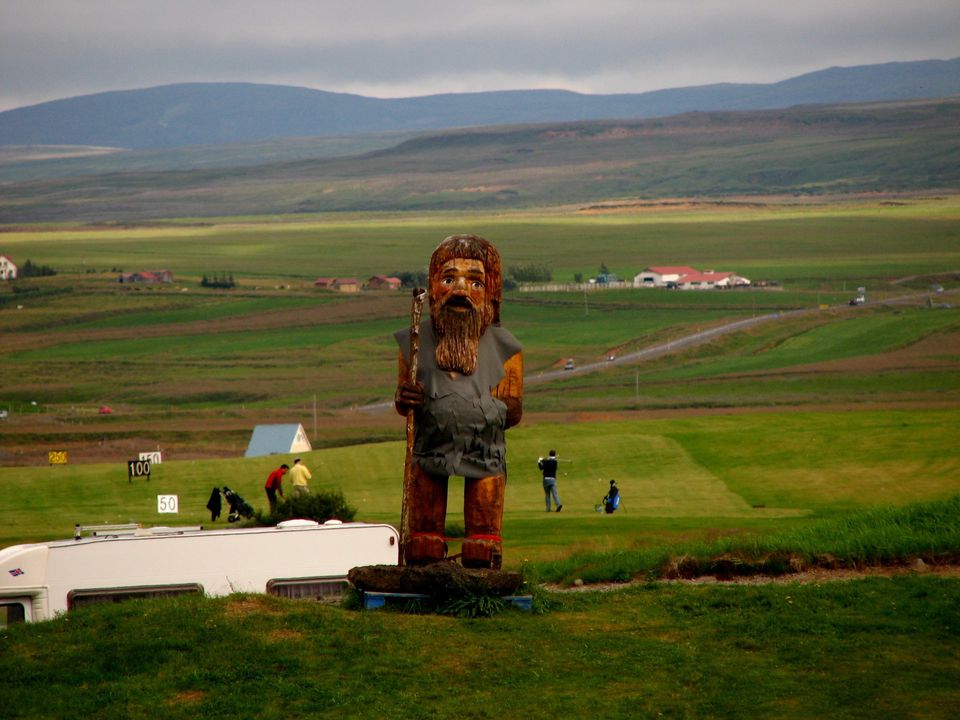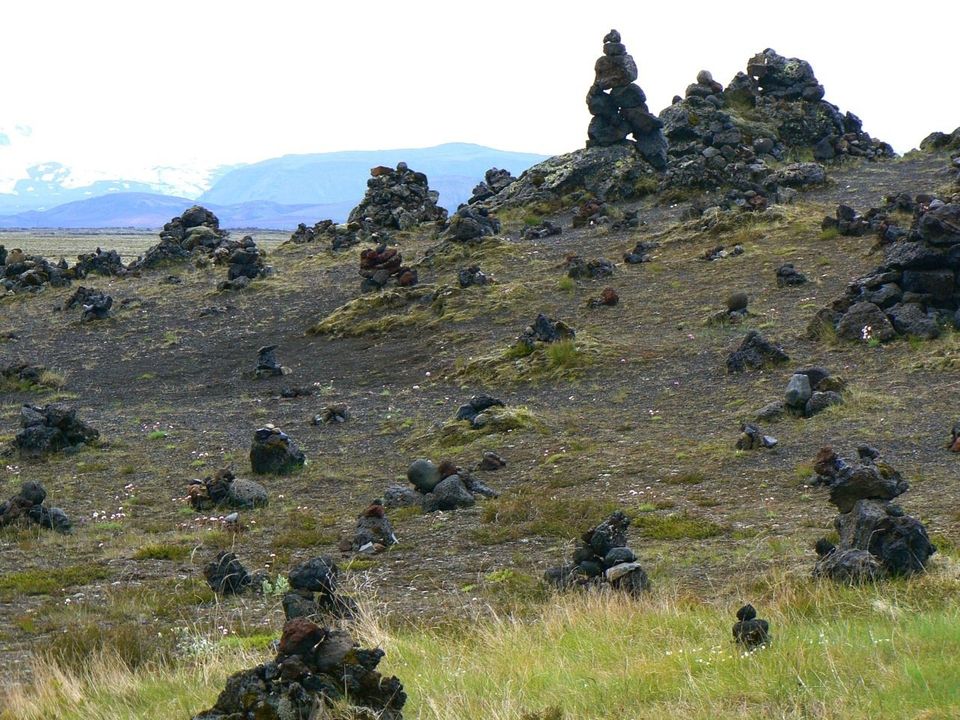Icelandic Superstitions
Ásgeir Fannar Ásgeirsson • March 13, 2015
For any superstitious person, Friday 13th can be a very unlucky day.
Just like having a black cat cross your path or seeing a lone magpie, the Icelanders have superstitions that have lived on for centuries and originate from Viking Norse Mythology.
You may be looking over your shoulder and feeling shivers running down your spine as you read about our ghosts, trolls, elves and more superstitious elements roaming the Icelandic countryside, but keep your fingers crossed for good luck this Friday 13th.New Paragraph
The Hidden People & Elves
Folklore in Iceland involve stories of the Hidden People. Hidden People are believed to look just like humans as they’re similar in size and shape. They are thought to live in hills, large rocks and cliffs.
The legend of the Hidden People began when God visited Adam and Eve. They were delighted to have God Almighty visit them and so they brought their children out to meet him. God asked Eve if she had any other children for him to meet by which she answered, “no”. She did have other children and lied as she didn’t get the chance to wash them before God arrived, so chose to hide the unwashed ones out of shame.
God knew this and was angry at Eve so he said, "What man hides from God, God will hide from man."
It is said that “only by the will and desire of the elves themselves if humans can ever see them.”
The hidden people can be friendly, but they can also be hostile. They reward those who are good to them, but they are also very vengeful if you do them harm or cross them in any way. Reader beware!
Trolls of Iceland
The legend of the Icelandic Trolls describes them as dumb, gigantic, man-eating creatures from Norse mythology. They lived in caverns in mountains and hollow hills. They were often described as ugly and evil creatures that fought alongside giants in the battle of Ragnarö, aka the end of the world. Trolls have evolved so they aren't as strong or blood thirsty as their ancestors (thank God).
It is still believed that Iceland is densely populated with many different types of trolls who can only travel by night. If they are exposed to sunlight they will turn to stone. Some female trolls have children with humans who look like humans but possess the power of magic from the parent troll. Today, they are still believed to live amongst humans, and other trolls are said to live in the most remote corners of Iceland.
Elves & Dwarves
DID YOU KNOW …. Over 52% of Icelanders still believe in the existence of elves.
Roads have been rerouted, and building plans have been redesigned or abandoned to avoid disturbing rocks where elves are said to live. All around the country, strange lava formations were once explained in folktales to be trolls who turned to stone when they were caught outdoors in daylight.
Ask any Icelander and they’ll tell you that one of the most magical nights of the year is New Years Eve. Cows gain human speech, seals take on human form, the dead rise from their graves, and the Elves move.
In Norse mythology, dwarfs were master craftsmen who lived underground. Two famous dwarfs are Brokkur and Sindri, who are known to make many magical objects for the Norse Gods, including Thor's hammer Mjölnir and Odin's magical ring Draupnir.
Icelandic dwarfs are described as small humanoids, less than half the size of a man. They are thought to live in holes under ground, under stones and sometimes in hollow trees. They can be hostile towards humans, but sometimes perform small labors for them. They are exceptionally skillful and make the most beautiful and often magical objects, which surpasses man-made objects by far.








